The man who would be the last Emperor of Mexico was born Archduke Ferdinand Maximilian Joseph on July the 6th, 1832, in Vienna, Austria at the Schoenbrunn Palace.
He was the younger brother of Emperor Francis Joseph, and even from an early age, he was trying to surpass his older brother at everything to prove that he was better than him.
He was a very charismatic and intelligent person and he spoke 7 languages: German, Hungarian, Slovak, English, Franch, Italian and Spanish.
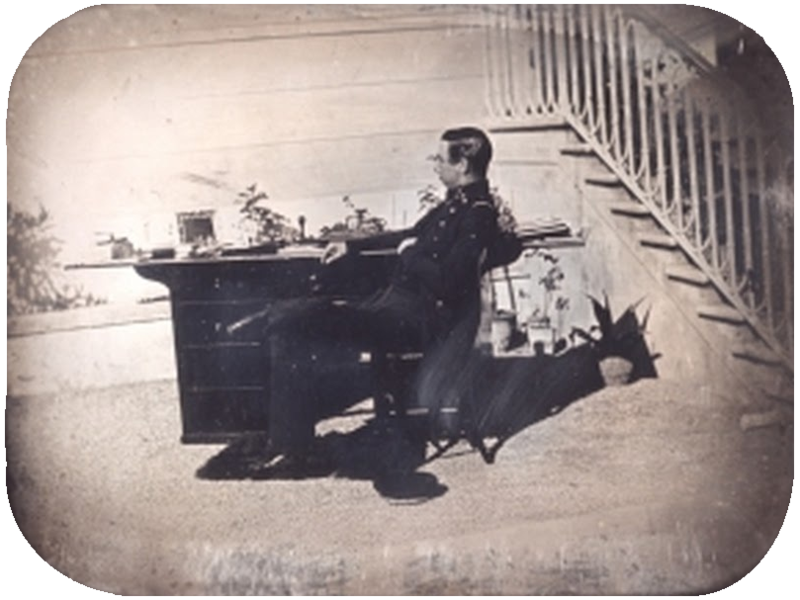
However, his brother Franz Joseph was placed on the throne at the young age of eighteen in 1848.
During this period, Maximilian spent a lot of time away from the court, mostly on Austrian naval vessels. He traveled a lot, including a visit to Spain, and had affairs with actresses and dancers.
He was named Rear-Admiral of the Austrian navy in 1855. He was only 22 when he took command with the rank of Grand Admiral, but he took his position seriously, sincerely wanting to do his best in all endeavors.
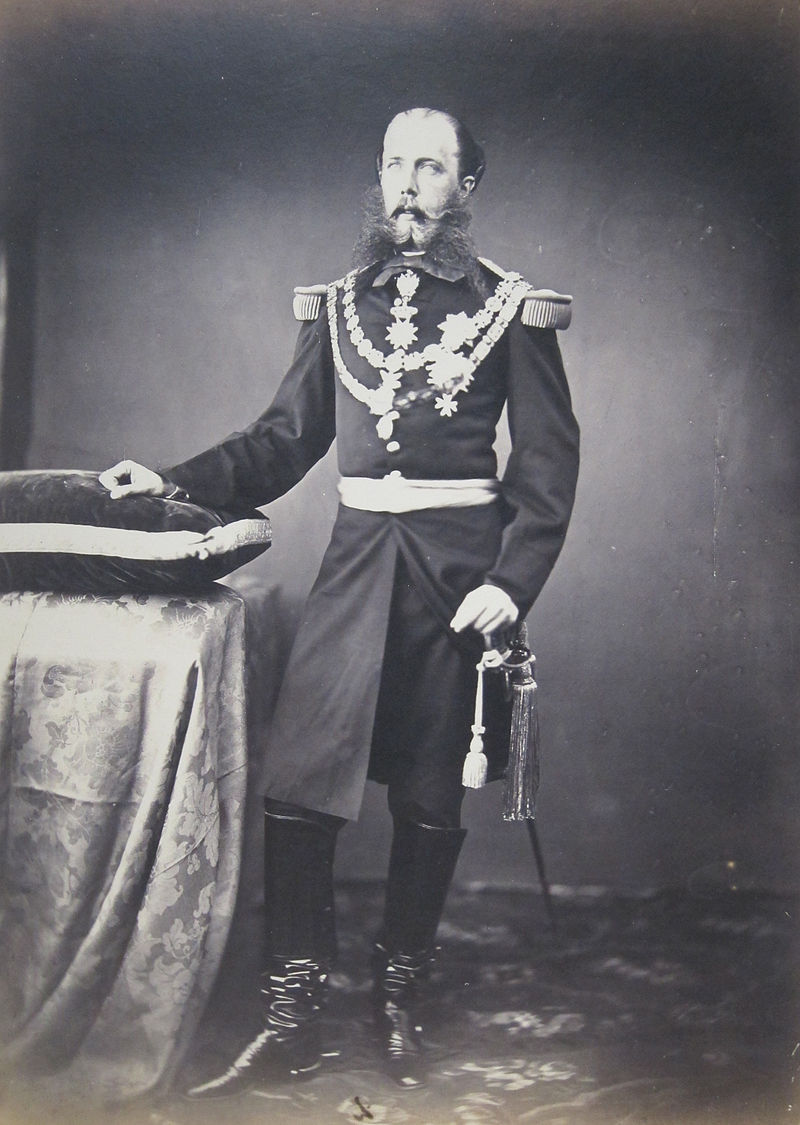
By 1857, he had modernized and improved the navy greatly and had founded a hydrographical institute.
In February of 1857, he was appointed Viceroy of the Kingdom of Lombardy-Venetia, where he lived with his new wife, Charlotte of Belgium, daughter of Belgian King Leopold I.
In 1859, Maximilian was first approached with an offer to be made Emperor of Mexico, which he refused. By 1863, French forces were firmly in command of Mexico and Maximilian was approached again, this time he accepted.
Together with his wife he arrived in Mexico in May of 1864 and set up their official residence at Chapultepec Castle.
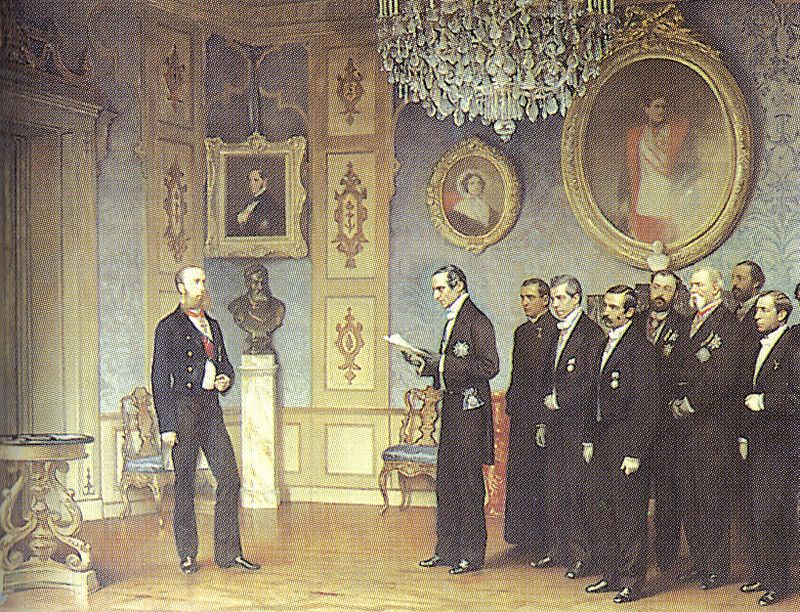
He was shocked when he saw the great disparity between the country’s rich and poor, and one of the first things he did was to restrict working hours and abolish child labor.
He also canceled all debts for peasants over 10 pesos and forbade all forms of corporal punishment.
However, the conflict between conservatives and liberals which had caused the Reform War still simmered,
and Maximilian was unable to unite the two factions.
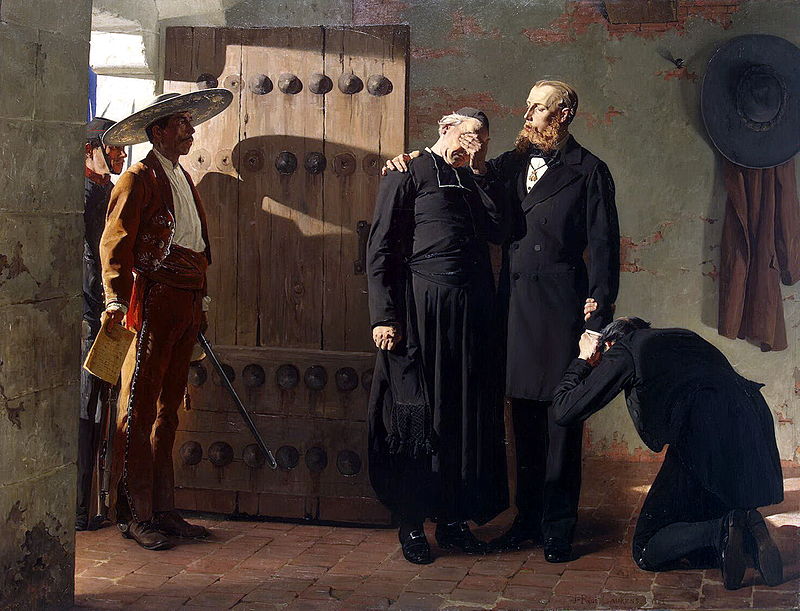
When the civil war in the United States was over, they made it clear that they recognized Benito Juarez as Mexico’s legitimate president and reminded France of the Monroe Doctrine. As a result, France was successfully pressured to withdraw its troops from Mexico.
When France withdrew its forces back to Europe, Maximilian was on his own.
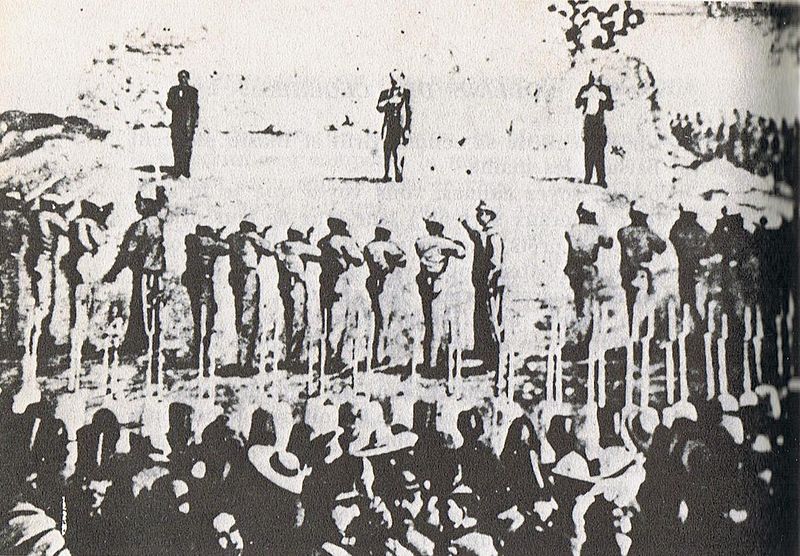
His wife returned to Europe to beg Napoleon III and the Pope to reconsider their decision. Unfortunately, the decision was already made and she lived out the rest of her life in Europe in seclusion, never to see her husband again.
Napoleon III himself asked Maximilian to abandon Mexico, but he refused to desert his followers.
Maximilian fought on with his army of 8,000 Mexican loyalists before he was captured on the 16th of May, 1867, and he was sentenced to death.
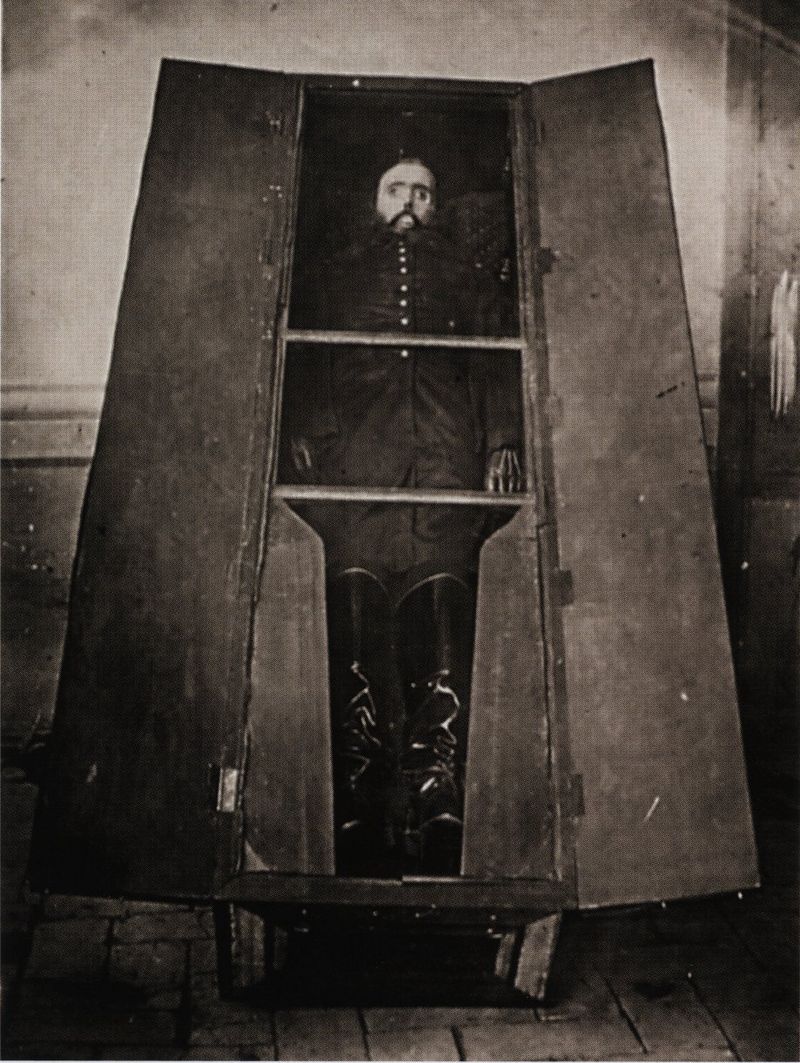
However, Felix Salm-Salm and his wife bribed the jailers to allow Maximilian to escape execution. In order avoid recognition, he would have to shave his beard but he didn’t like the idea, and felt that shaving his beard to avoid recognition would ruin his dignity if he were to be recaptured.
Here is another one on beards from our “whiskers” files:Ten of the most Epic Beards in History
On the morning of June the 19th, 1867, he was executed by a firing squad, along with Generals Miramon and Mejia.
